#early modern england
Explore tagged Tumblr posts
Text
I just learned, that in Early Modern England the word "passionating" was used interchangeably with "acting" and I totally feel that 🥹
"Acting was quite often known as acting or playing or passionating (...), because one of the things you did, when you got a part, was going through it and work out, what your passions were in each seperate bit." (Tiffany Stern, 2024)
#thats why i love studying#acting#passionating#early modern england#theatre love#theater love#shakespeare#theatre#theater
15 notes
·
View notes
Text
40 notes
·
View notes
Text






Jack Wildbrain (played by Gray Casterline)- The Nightwalker or The Little Thief by John Fletcher and James Shirley Directed by Emily Bassett, photo credit Ariel Tatum
#John fletcher#James Shirley#early modern period#early modern drama#live theatre#early modern theatre#early modern England#Victorian fashion
3 notes
·
View notes
Text
Defining what is popular culture in early modern England is actually proving to be difficult.
What is popular culture? How do we define it? How far does elitism and source survival affect how we define it? What does popular culture tell us about early modern society?
For what is essential a brief paragraph in my introduction it is taking a lot of my energy as it turns out the full thesis is dependent on me giving a good definition.
#history#history ma#early modern#early modern England#early modern popular culture#popular culture#balladry#early modern theatre#thesis writing
2 notes
·
View notes
Text


Love this not at all biased opinion on English law in the 1460s and 70s. Granted, Fortescue was right in that English law was quite unique amongst monarchical countries in the 15th century as regards how it treated (and sought to curtail to a certain extent) monarchical powers.
#history of law#15th century#shardlake#for obvious reasons#history#early modern england#john fortescue
5 notes
·
View notes
Text
Hilary mantel putting Walter Cromwell on absolute blast as a crook for watering down his ale when i promise you every brewer and/or seller in early modern England did that to some degree. I’d almost guarantee it
(Not shade at her btw it just tickled me. the poor sod in the afterlife all, ??????? Well id like to meet the bitch who didn’t)
#I mean there was#minimal regulation#is it any surprise most people took advantage at least a little bit?#watering it down#mixing different ale qualities#using unofficial measurements#some people were obviously worse than others but#this was standard practice!!#don’t hate the player hate the game#And on that note i will defend early modern women in this trade to the mat!! to the dirt!!#Wolf hall#Walter Cromwell#early modern#history#England#early modern England#history memes#history meme#Hilary Mantel
4 notes
·
View notes
Link
In the 1580s, the remote Essex village of St Osyth was beset by poverty and social tensions – and when a servant accused her neighbour of witchcraft, it sparked a crisis that engulfed the entire community. Speaking with Charlotte Hodgman, Marion Gibson explores what this late 16th-century witchcraft trial can tell us about life in early modern England.
#Elizabethan witchcraft: a trial that divided a community#history extra magazine#history extra podcast#history extra#history#witch trials#witches#witch hunt#witchcraft#Elizabethan#16th century#england#1500s#early modern#early modern England#british history#podcast#podcasts
3 notes
·
View notes
Text
this!!
“the arts and sciences are completely separate fields that should be pitted against each other” the overlap of the arts and sciences make up our entire perceivable reality they r fucking on the couch
#this reminds me of my class about the early modern period in england 👁️👁️ very interesting#art#history#sociology#early modern england
151K notes
·
View notes
Text
youtube
What Did Cromwell Do to Deserve This?
0 notes
Text
Time Travel Question : Murder and Disappearance Edition I
Given that Judge Crater, Roanoke, and the Dyatlov Pass Incident are credibly solved, though not 100% provable, I'm leaving them out in favor of things ,ore mysterious. I almost left out Amelia Earhart, but the evidence there is sketchier.
Some people were a little confused. Edward V and Richard of Shrewsbury are the Princes in the Tower.
#Time Travel#Famous Murders#Jack the Ripper#La Bete du Gevaudan#Gandillon Family#Werewolves#William Rufus#King William II#Edward V#Richard of Shrewsbury#French History#English History#Early Modern Europe#Victorian England#Lord Darnley#Mary Queen of Scots#Scottish History#Amy Robsart#Lord Dudley#The Sodder Children#The Somerton Man#Australian History#Prime Minister Harold Holt#Elizabeth Short#The Black Dahlia
515 notes
·
View notes
Text

every single word of this is like being shot in the head
#man. i love early modern england sm#also i need to know the connection between laughing + penile bleeding. how do you get there. what is the correlation#there are many names in history#ok 2 rb if you want
53 notes
·
View notes
Text
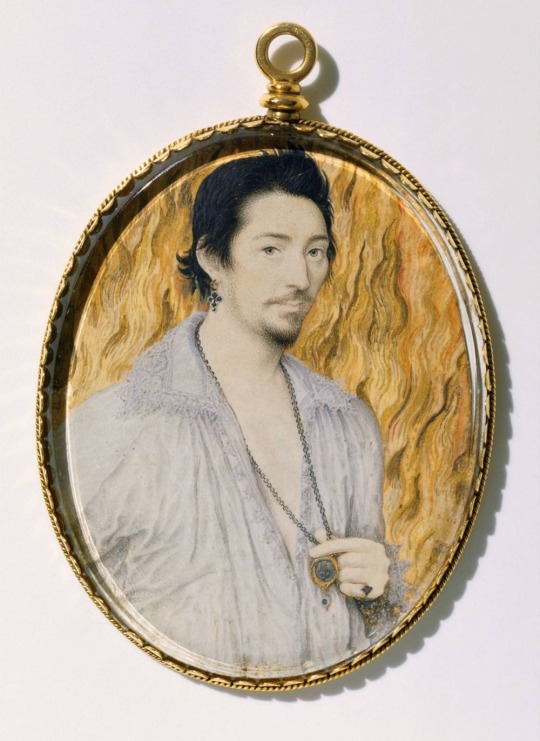
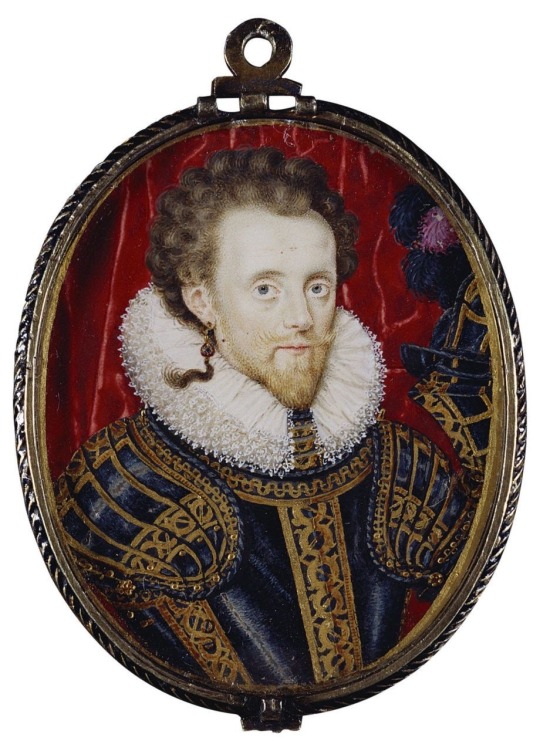
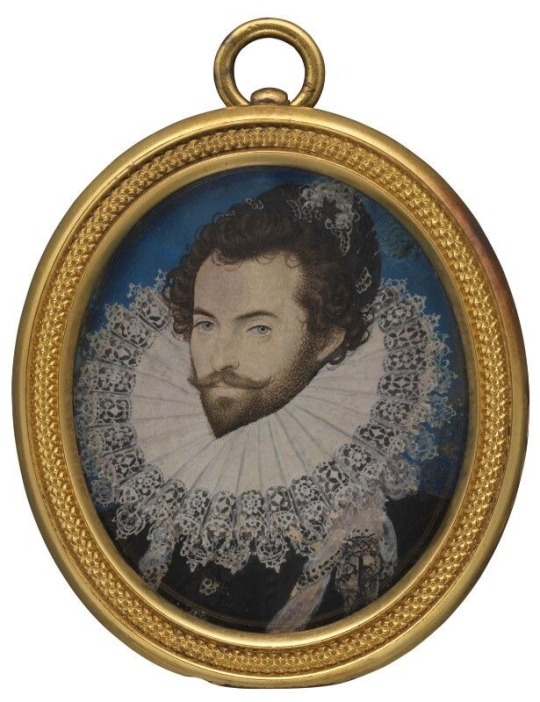
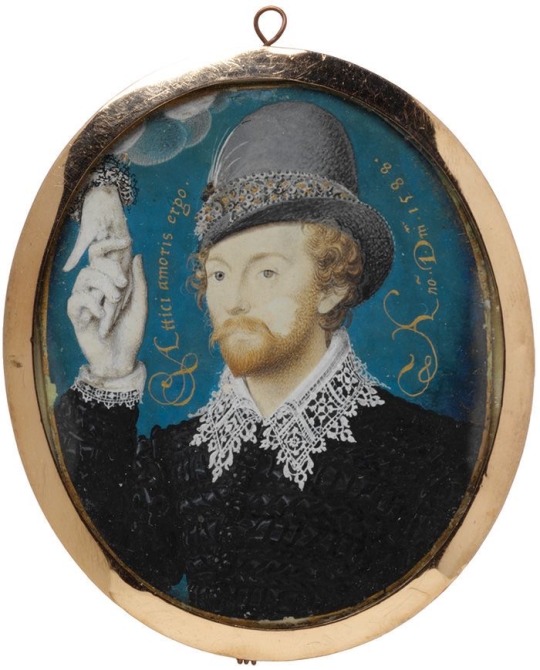
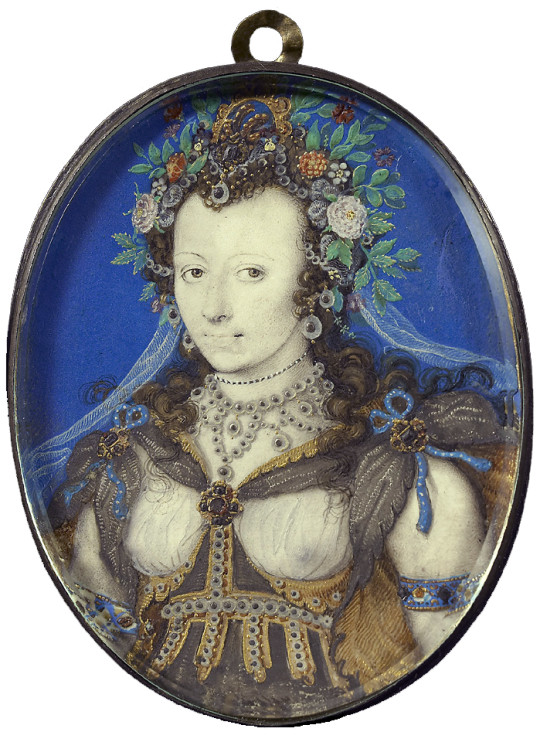
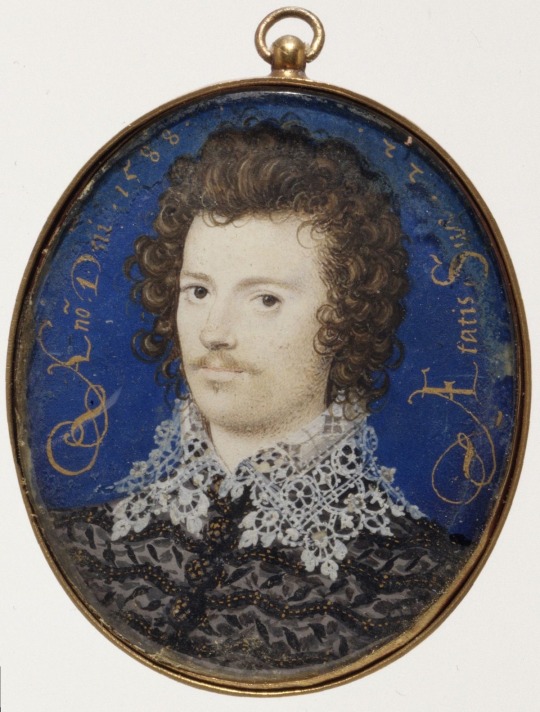
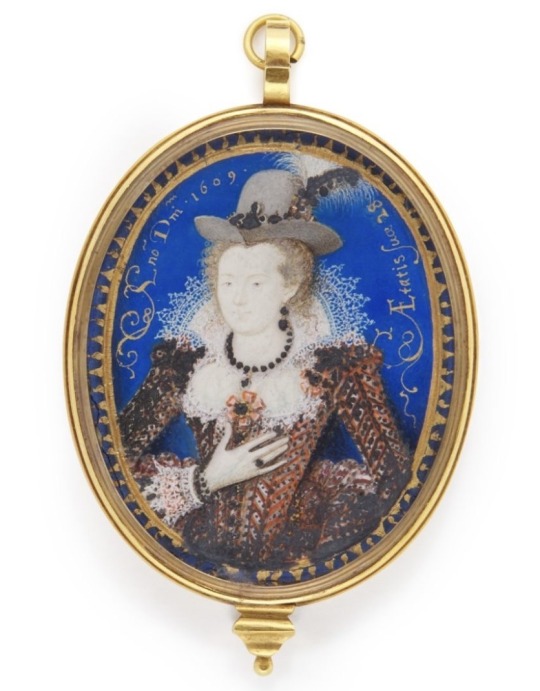
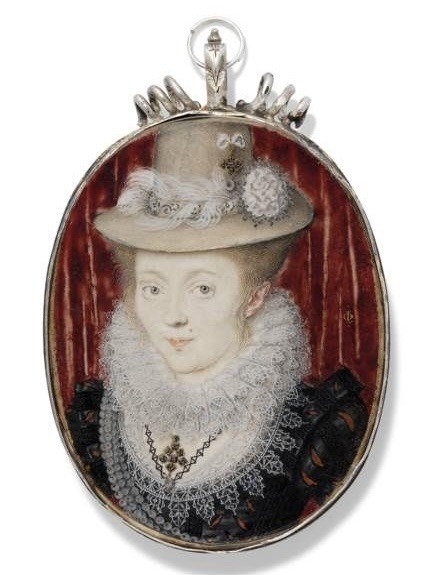
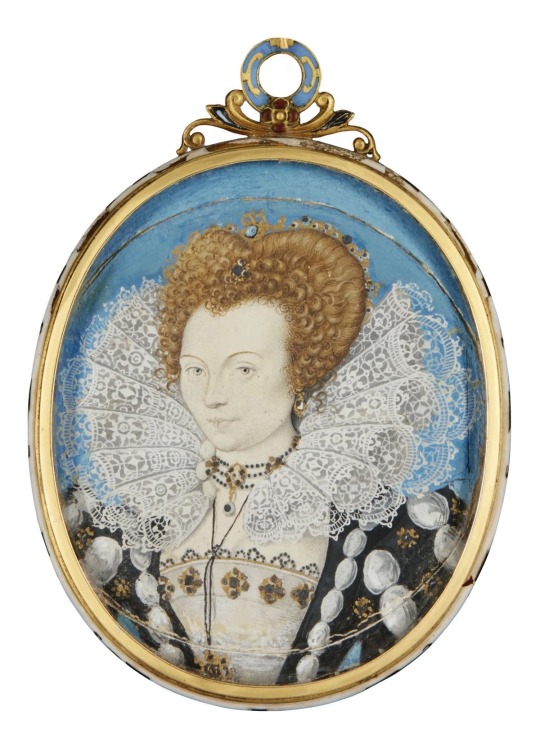
early modern era portrait miniatures
#HATS!#early modern era#shakespearean#early modern#renaissance#english renaissance#early modern period#eme#history#english#england history#portrait#portraits#paintings#images#style#fashion#cool#interesting#elizabethan#tudor#nicolas hilliard#painting
88 notes
·
View notes
Text
I went on a blog tour!

Back in February I went on a blog tour. Yay!
My guest post for On the Tudor Trail
My guest post about the Lollards
My guest post about early modern warfare
#tudor history#medieval history#early modern history#thomas more#history of war#history of warfare#religious history#history of religion#history of england#england#lollards#medieval england#christian history#history of christianity
13 notes
·
View notes
Text
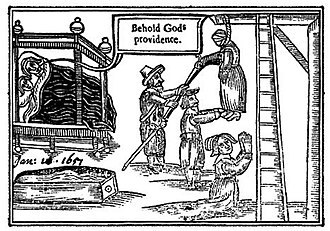
A Wonder of Wonders
In the year 1651, a pamphlet was published telling the miraculous tale of Anne Greene, a young English woman who was hanged following the alleged concealment of a stillborn child and survived her hanging.
Executed under the 1624 Act against the Concealment of the Birth of Bastards and Infantice Act her survival, after examination by male physicians from Oxford University, was decided to be proof of providence and God's forgiveness.
It is alleged that her father would later use this 'miracle' as a way of making money, charging people to look at his daughter who survived death.
A deeper dive into this case sheds light on the way that the early modern justice system worked against women, especially unmarried women who lived in poverty, and the impact of the church on morality and ethics in English communities through the seventeenth century.
#history#early modern#english history#seventeenth century#tw: murder#tw: execution#early modern england#womens history#herstory#women in history#criminal history
15 notes
·
View notes
Text
[Matilda of Boulogne's] thorough integration into the governance of the realm was not repeated in [Eleanor of Aquitaine's] years as queen of England. Eleanor's coronation followed a new model that emphasized the queen as progenitor of royal heirs and subordinate to the king rather than as sharer of royal power. Though Eleanor acted as regent in England between 1156 and 1158 and in Poitou on several occasions from 1165 on, her writs suggest delegated rather than shared royal authority. In England, her power was limited by the lack of lands assigned to her use and by the elaboration of financial and judicial administration. Whereas [Matilda of Boulogne's] inheritance allowed her to play an integral role in politics by securing the Londoners' loyalty and a steady supply of mercenaries, Eleanor's inheritance provided her with more extensive power in Poitou and Aquitaine than in England. Until 1163, Eleanor withdrew funds from the Exchequer by her own writ, but unlike her Anglo-Norman predecessors, she was not a member of its council nor did she issue judgments from the royal court. Eleanor's counsel and diplomatic activities, in contrast to Matilda's, are rarely mentioned. She did, however, encourage the 1159 Toulouse campaign and supported Henry in the Becket affair and the coronation of young Henry. Eleanor was not a prominent curialis; she rarely witnessed Henry's charters or interceded to secure the king's mercy. She did follow in Matilda's footsteps in her promotion of her sons, cultivation of dynastic goals through the Fontevraudian tombs, and patronage that reflected her family's traditions. For Matilda, to be queen encompassed a variety of functions-curialis, diplomat, judge, intercessor, and "regent." Through a combination of factors, Eleanor's role as queen was much more restricted.
— Heather J. Tanner, "Queenship: Office, Custom or Ad Hoc", Eleanor of Aquitaine: Lord and Lady (Edited by Bonnie Wheeler and John Carmi Parsons)
#this is so interesting when it comes to the gradual evolution of queenship over the years (post-Norman to early modern)#eleanor of aquitaine#matilda of boulogne#queenship tag#historicwomendaily#english history#my post#don't reblog these tags but#the irony of the 'Eleanor of Aquitaine Exceptionalism' rhetoric is that not only is it untrue#but you could actually make a much more realistic argument in the opposite direction#We know that it was during Eleanor's time as queen of France that 'the queen's name was disappearing from royal documents' (Ralph Turner)#She did not enjoy an involvement in royal governance that her mother-in-law Adelaide of Maurienne enjoyed during her time as queen#As Facinger points out 'no sources support the historical view of Eleanor as bold precocious and responsible for Louis VII's behavior'#Even as Duchess of Aquitaine she played a secondary role to Louis who appointed his own officials to the Duchy#Only four out of her seventeen ‘Aquitanian’ charters seem to have been initiated by Eleanor herself#And now it seems that even Eleanor's role as queen of England was also more restricted than her predecessors#with new coronation model that was far more gendered and 'domestic' in nature#That's not to argue that it meant a reduction in the queen's importance but it does mean that the 'importance' took on a different form#There's also the fact that Eleanor's imprisonment and forced subjugation to Henry after the rebellion till the end of her life#was probably what set the precedent for her sons' 'Lord Rules All' approach with their own wives (Berengaria and Isabella)#as Gabrielle Storey has suggested#None of this is meant to downplay Eleanor's power or the impact of her actions across Europe - both of which were extensive and spectacular#But it does mean that the myth of her exceptionalism is not just incorrect but flat-out ridiculous
27 notes
·
View notes
Text


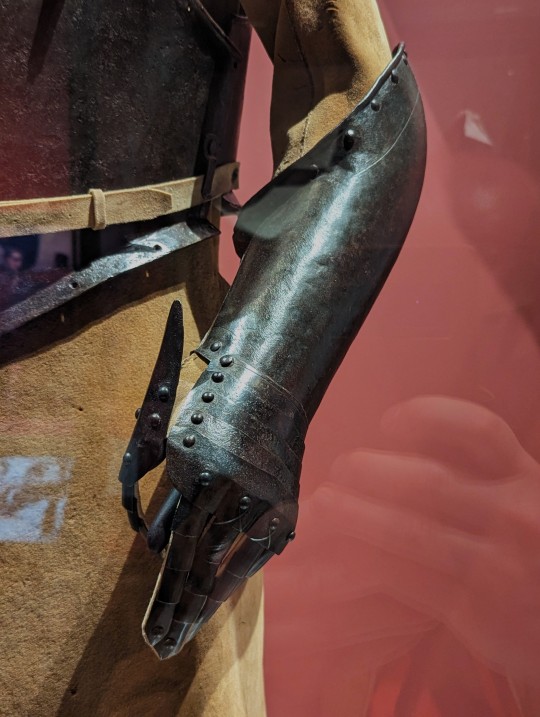
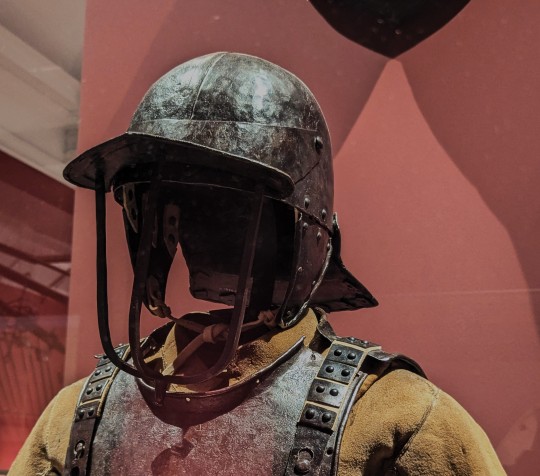
Harquebusier Armour from England dated to about 1680 on display at the Kelvingrove Art Gallery and Museum in Glasgow, Scotland
During the 17th century harquebusier cavalry were some of the most common in European armies. They were named after the carbine musket they used, the "harquebus" a shorter musket than the ones used by infantry. By 1680 though the Royal Scottish and English armies (later unified as the British Army) were converting these units in regiments of dragoons, mounted infantry who could also charge as cavalry. The armour was phased out of British cavalry regiments by the time of the 18th century.
Photographs taken by myself 2023
#armour#fashion#17th century#british empire#early modern period#england#english#military history#cavalry#kelvingrove art gallery and museum#glasgow#barbucomedie
118 notes
·
View notes